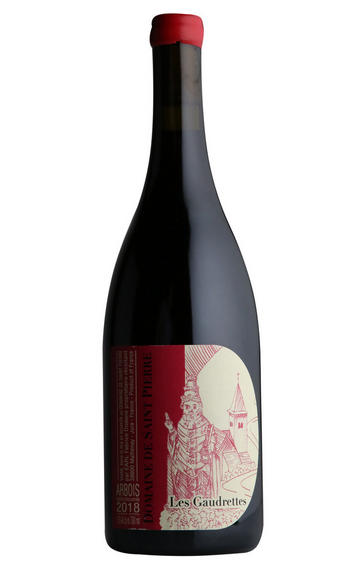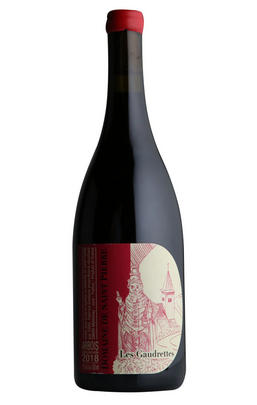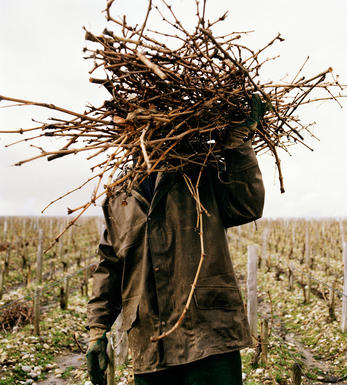
2018 Arbois, Pinot Noir, Les Gaudrettes, Domaine de Saint Pierre, Jura

About this WINE

Domaine de Saint Pierre

Jura
An hour's drive east of Beaune lies the 1,450-hectare Jura umbrella appellation, comprising the Arbois, Arbois-Papillon, Côtes du Jura, Chateau-Chalon and L'Etoile viticultural zones.
Of these, Château-Chalon is the smallest at 690 hectares, and focuses exclusively on making Vin Jaune, the prized sweet wine that was first made in the 14th century. L'Étoile produces a variety of styles, meanwhile, mainly oxidative Chardonnay as well as Vin Jaune and Vin de Paille.
The area is dramatically beautiful, as much for its sub-alpine landscape as for its remarkable wines, which draw on an essentially continental climate, a multi-faceted and varied terroir (limestone crowns over blue, red and grey marl), and indigenous varietals of Savagnin, Trousseau and Poulsard, alongside Chardonnay and Pinot Noir.
In a style not dissimilar to Sherry, a flor or voile yeast is encouraged to grow on all good Savagnins which effectievly start out as a Vin Jaune, before being pulled after a few years in cask, undisturbed, to be bottled as Côtes du Jura (often blended with some Chardonnay).
Vin Jaune itself requires six years and three months to graduate, again non ouillés (not topped up), before being bottled in the traditional 62cl Clavelin, with the Château-Chalon appellation the finest source.
The red Poulsard and Trousseau make fascinating dry wines, yet also are blended together with Savagnin when making the delicious Vin de Paille, which demands low yields of 20 hl/ha, and at least six weeks shrivelling on straw mats, followed by three years in cask before bottling.
Macvin is a largely sweet-wine-making appellation that sources its grapes from all over the Jura region. Macvin wines are produced by stopping the fermentation with the addition of the local spirit.

Pinot Noir
Pinot Noir is probably the most frustrating, and at times infuriating, wine grape in the world. However when it is successful, it can produce some of the most sublime wines known to man. This thin-skinned grape which grows in small, tight bunches performs well on well-drained, deepish limestone based subsoils as are found on Burgundy's Côte d'Or.
Pinot Noir is more susceptible than other varieties to over cropping - concentration and varietal character disappear rapidly if yields are excessive and yields as little as 25hl/ha are the norm for some climats of the Côte d`Or.
Because of the thinness of the skins, Pinot Noir wines are lighter in colour, body and tannins. However the best wines have grip, complexity and an intensity of fruit seldom found in wine from other grapes. Young Pinot Noir can smell almost sweet, redolent with freshly crushed raspberries, cherries and redcurrants. When mature, the best wines develop a sensuous, silky mouth feel with the fruit flavours deepening and gamey "sous-bois" nuances emerging.
The best examples are still found in Burgundy, although Pinot Noir`s key role in Champagne should not be forgotten. It is grown throughout the world with notable success in the Carneros and Russian River Valley districts of California, and the Martinborough and Central Otago regions of New Zealand.


Buying options
Add to wishlist
wine at a glance
Delivery and quality guarantee